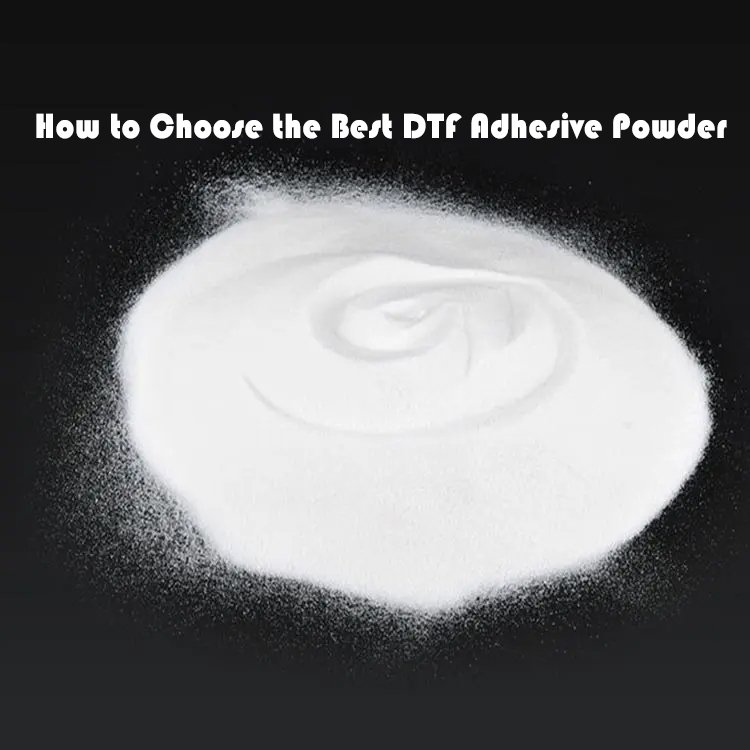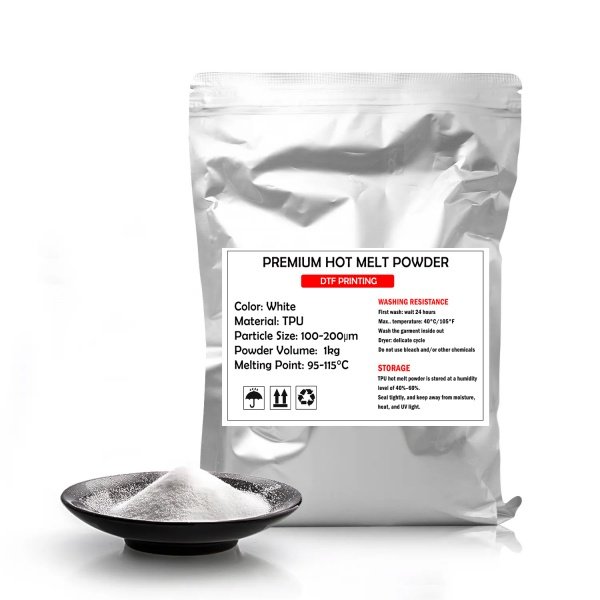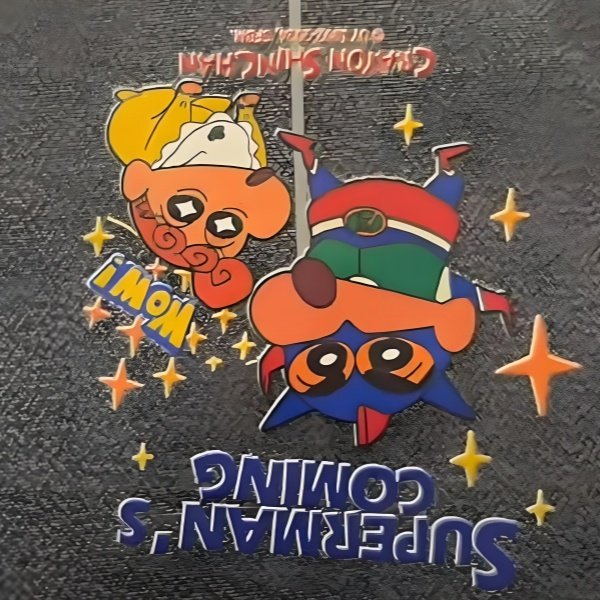1. What is UV DTF? A Technical Overview
UV DTF (Ultraviolet Direct-to-Film) is a hybrid printing technology combining digital inkjet precision with UV light curing. Unlike traditional DTF, which relies on heat-activated adhesives, UV DTF uses:
- UV-Curable Inks: Acrylate-based formulations that solidify instantly under UV light.
- Multi-Layer Film: Typically includes a PET release layer, ink-receptive coating, and pressure-sensitive adhesive.
Key Innovations:
- No Powder Required: Eliminates the need for hot melt powder and drying ovens, reducing production steps by 40%.
- Instant Curing: UV-LED lamps (365–395nm wavelength) solidify inks in seconds, enabling faster workflows.
2. Does UV DTF Need to Be Cured?
2.1 The Curing Process Explained
UV DTF requires curing to achieve durability and adhesion. Here’s how it works:
- Printing: Designs are printed onto UV DTF film using UV inks and varnish.
- UV Exposure: UV-LED lamps (integrated into printers) cure inks immediately, creating a hardened, scratch-resistant layer.
- Adhesive Activation: Transfer the design from UV A film to UV B film. B film is the adhesive film.
Why Curing is Non-Negotiable:
- Ink Stability: Uncured UV inks remain liquid, leading to smudging and poor adhesion.
- Durability: Proper curing ensures resistance to abrasion (20,000+ Martindale rubs) and UV fading (3–5 years outdoors).
2.2 Curing Equipment & Settings
| Parameter | Specification | Impact |
| UV Wavelength | 365–395nm | Optimal ink polymerization |
| Curing Speed | 15–30 cm²/s | Balances speed and quality |
| Lamp Power | 3–6W/cm² | Prevents under/over-curing |
Common Mistakes:
- Insufficient Exposure: Leads to tacky surfaces and reduced wash resistance.
- Over-Curing: Causes brittleness and color distortion.
3. Can UV DTF Go on Cars? Automotive Applications Demystified
3.1 Compatibility with Automotive Surfaces
UV DTF is suitable for cars when applied correctly. Key considerations:
- Substrate Prep: Clean surfaces with isopropyl alcohol to remove wax, grease, or dirt.
- Adhesive Type: Use high-tack pressure-sensitive films for curved panels (e.g., doors, bumpers).
- Environmental Resistance: UV DTF withstands:
- Temperature: -30°C to 80°C (ideal for engine bays and sun-exposed areas).
- Chemicals: Resists gasoline, ethanol, and car wash detergents.
3.2 Step-by-Step Application for Cars
- Design & Print:
- Use vector software (300–600 dpi) for sharp lines and gradients.
- Print with UV-resistant inks (e.g., Roland ECO-UV).
- Cure & Laminate:
- Cure under UV-LED lamps (395nm, 5W/cm²).
- Apply a UV-resistant laminate (e.g., 3M Scotchcal) for added protection.
- Installation:
- Use a squeegee to eliminate air bubbles on curved surfaces.
- Post-heat at 70°C for 10 seconds to enhance adhesion.
Case Study: A German auto customization brand reported 98% adhesion retention on BMW hoods after 2 years of outdoor exposure.
4. UV DTF vs. Traditional Automotive Wraps
| Factor | UV DTF | Vinyl Wraps |
| Durability | 5–7 years (with laminate) | 3–5 years |
| Customization | Full-color gradients, 3D effects | Limited to pre-made designs |
| Cost | $8–12/sq.ft | $10–15/sq.ft |
| Installation Time | 1–2 hours (DIY-friendly) | 3–5 hours (professional required) |
Advantage: UV DTF allows intricate, photorealistic designs (e.g., carbon fiber textures) without seams.
5. Troubleshooting UV DTF on Automotive Surfaces
| Issue | Cause | Solution |
| Edge Lifting | Poor surface prep | Reclean with 70% IPA and reapply |
| Color Fading | Missing UV laminate | Retrofit with protective coating |
| Bubbling | Trapped moisture | Use a dehumidifier during installation |
Pro Tip: Test adhesion with a 3M 610 tape test—<5% ink loss indicates proper curing.
6. Future Trends in Automotive UV DTF
- Self-Healing Films: Nano-coatings that repair minor scratches (prototype stage).
- Thermochromic Inks: Color-shifting designs activated by temperature changes.
- AI-Driven Printers: Auto-adjust curing settings based on substrate scans.


